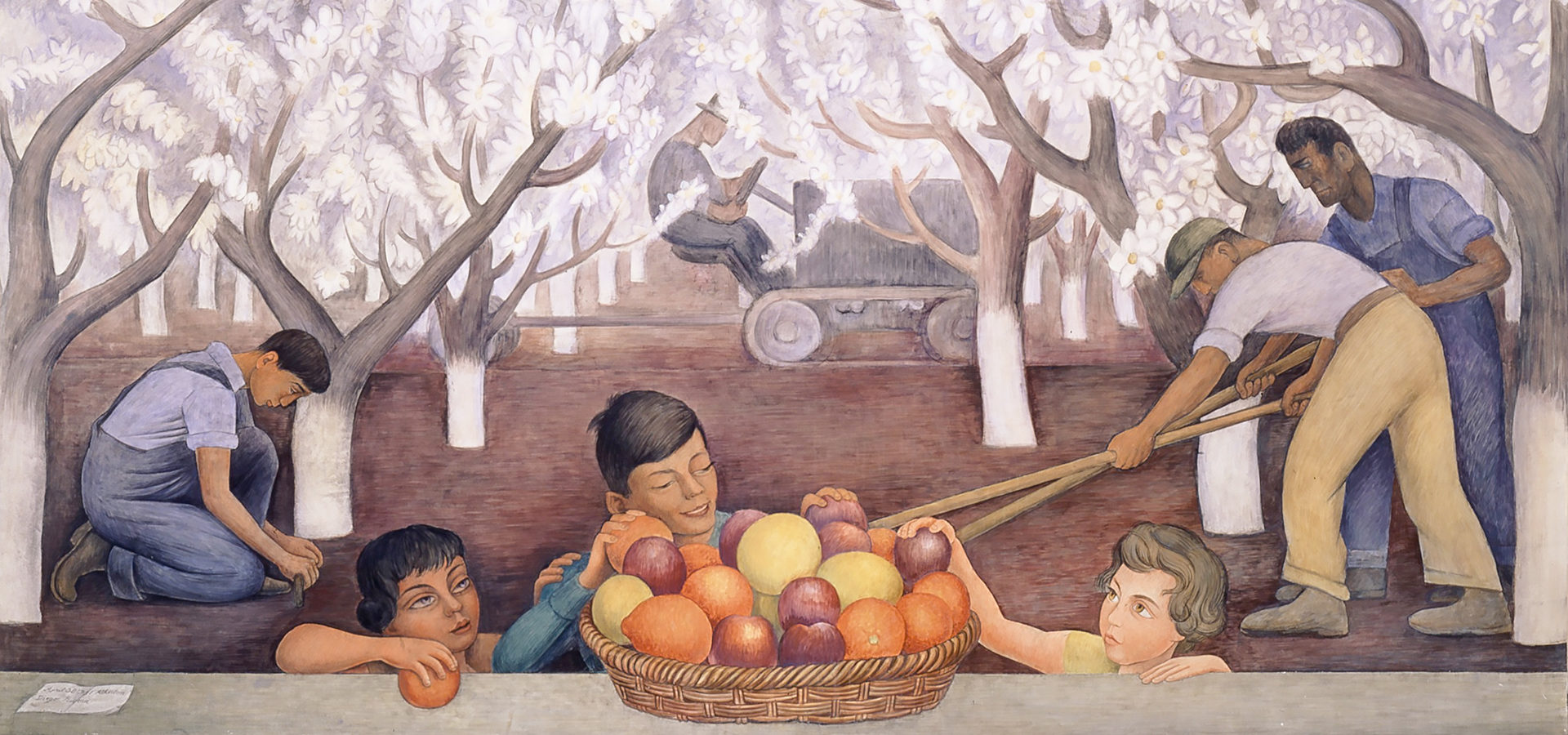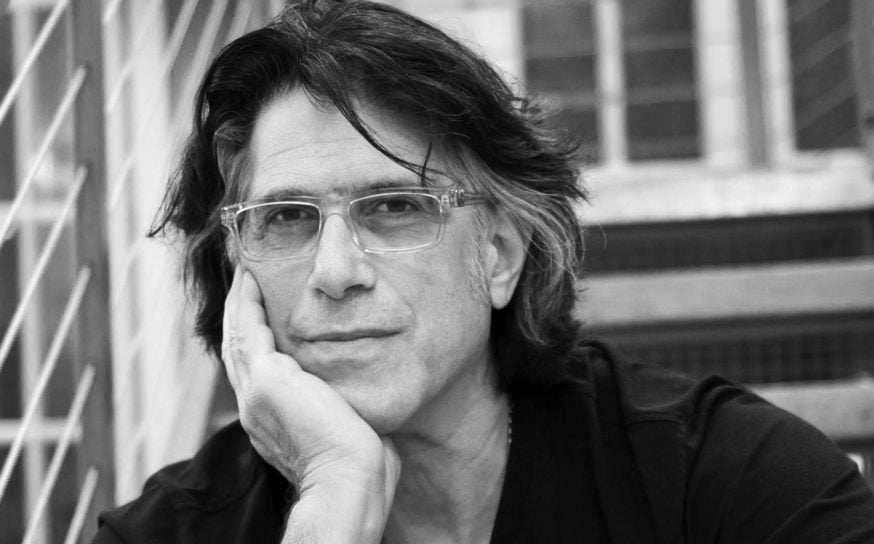‘Diego Rivera’s America’ Brings Together 150 of the Artist’s Works in San Francisco
Rivera’s vision of Mexico and the United States Comes to life in paintings, drawings, murals and projections.
-
CategoryArts + Culture, Experiences, Visual Art
-
AboveDiego Rivera, Still Life and Blossoming Almond Trees, 1931; Stern Hall, University of California, Berkeley, gift of Rosalie M. Stern; © 2022 Banco de México Diego Rivera & Frida Kahlo Museums Trust, Mexico, D.F. / Artists Rights Society (ARS), New York; photo: © The Regents of the University of California
Beginning July 16, The San Francisco Museum of Modern Art (SFMOMA) presents Diego Rivera’s America, the most in-depth examination of the artist’s work in over two decades. Diego Rivera’s America brings together more than 150 of Rivera’s paintings, frescoes and drawings—as well as three galleries devoted to large-scale film projections of highly influential murals he created in Mexico and the U.S. On view thru January 2, 2023, the exhibition focuses on his work from the 1920s to the mid-1940s, the richest years of Rivera’s prolific career. During these two key decades, Rivera created a new vision for North America, informed by his travels in Mexico and the United States.
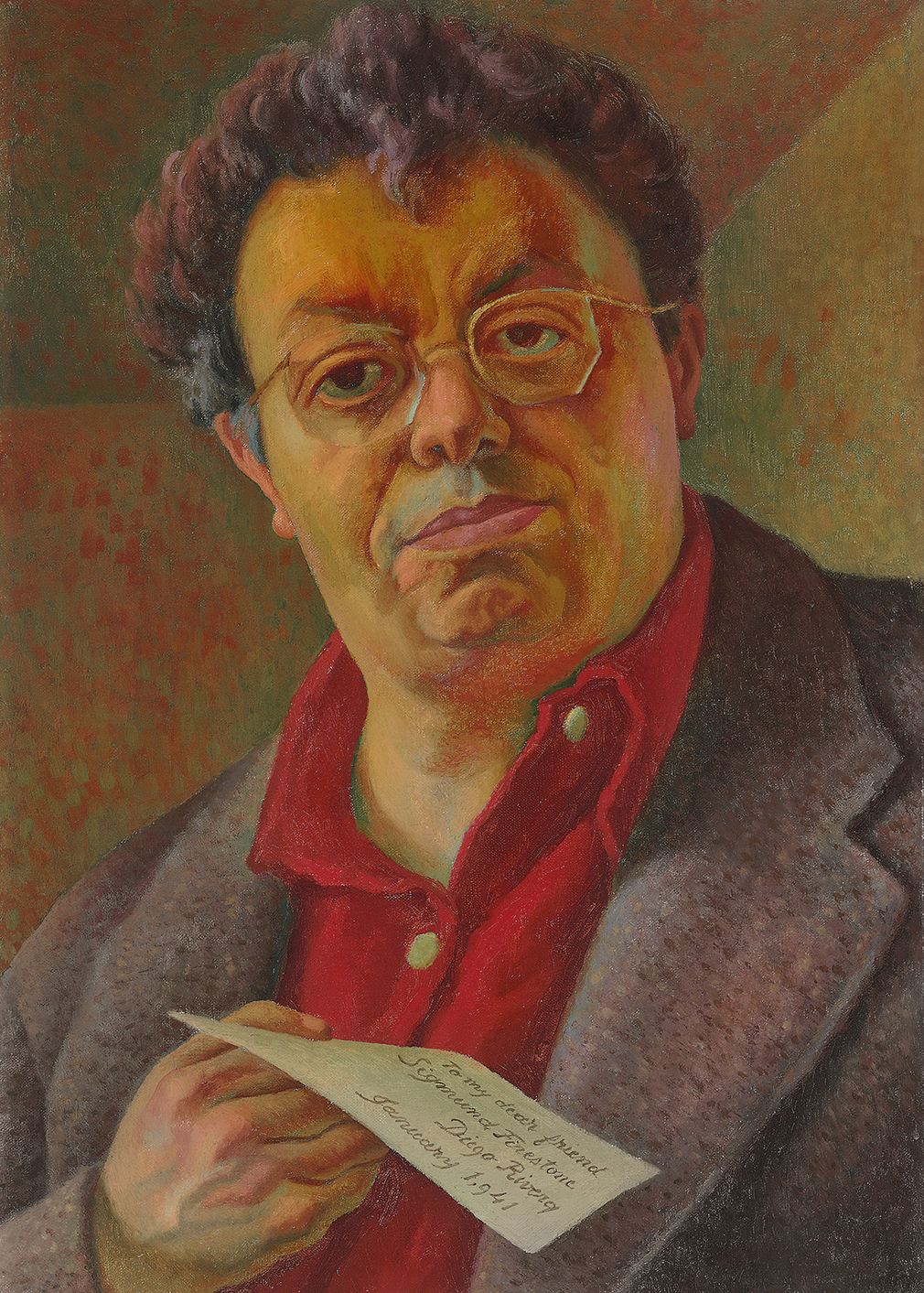
“Rivera was one of the most aesthetically, socially and politically ambitious artists of the 20th century,” notes guest curator James Oles. “He was deeply concerned with transforming society and shaping identity—Mexican identity, of course, but also American identity, in the broadest sense of the term. Because of his utopian belief in the power of art to change the world, Rivera is an essential artist to explore anew today, from a contemporary perspective.”
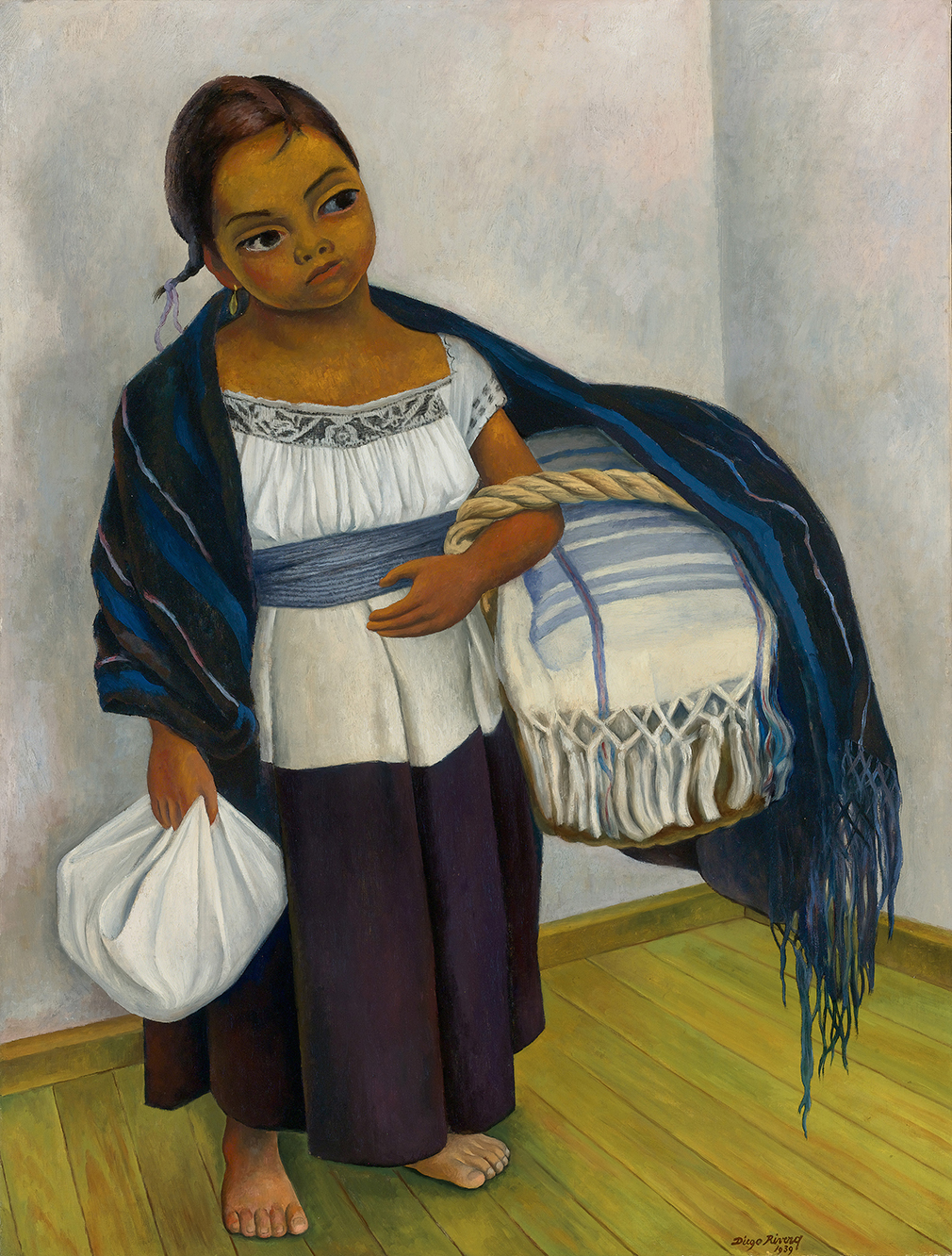
Diego Rivera’s America builds on SFMOMA’s collection of over 70 works by Rivera, one of the largest in the world. It also features paintings, drawings and frescoes borrowed from public and private collections in Mexico, the U.S. and the U.K., reuniting many for the first time since the artist’s death. Iconic and much-loved works, such as The Corn Grinder (1926), Dance in Tehuantepec (1928), Flower Carrier (1935) and Portrait of Lupe Marín (1938), will be shown alongside paintings that have not been seen publicly since leaving the artist’s studio.
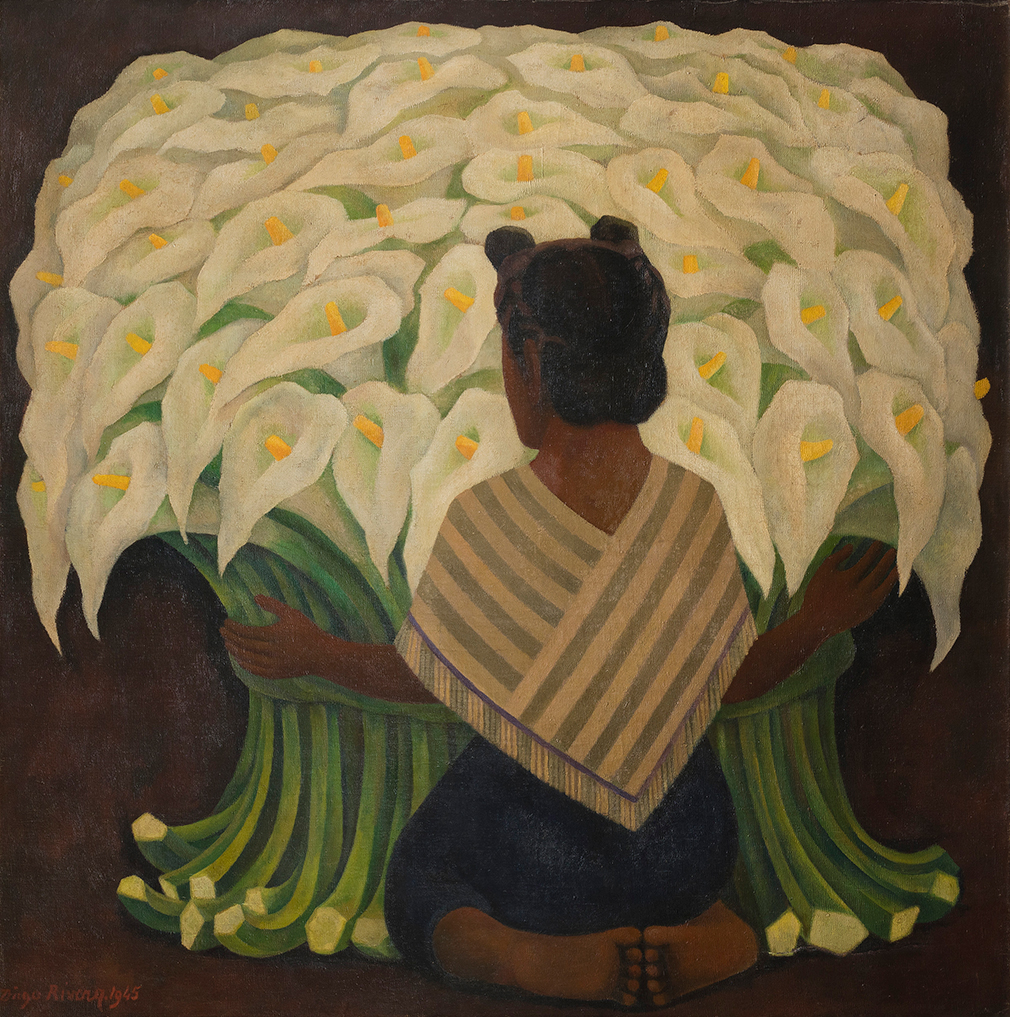
The exhibition is the first to examine Rivera’s work thematically, with galleries dedicated to places like Tehuantepec and Manhattan that captured his imagination, and to his favorite subjects, such as street markets, popular celebrations and images of industry. It begins with Rivera’s first mural commission,Creation (1922–23), a project that—like much of his work—looks to past artistic traditions while also embracing avant-garde strategies. In the 1920s, working mainly in Mexico, Rivera established his mature style, distinguished by rounded forms, intense colors, and increasingly dense compositions. He cemented an interest in allegory, popular culture, family, labor, and the proletarian revolution, themes that would be central to his famous murals in San Francisco, Detroit and New York of the early 1930s, and that would resonate in his paintings and drawings through the 1940s.
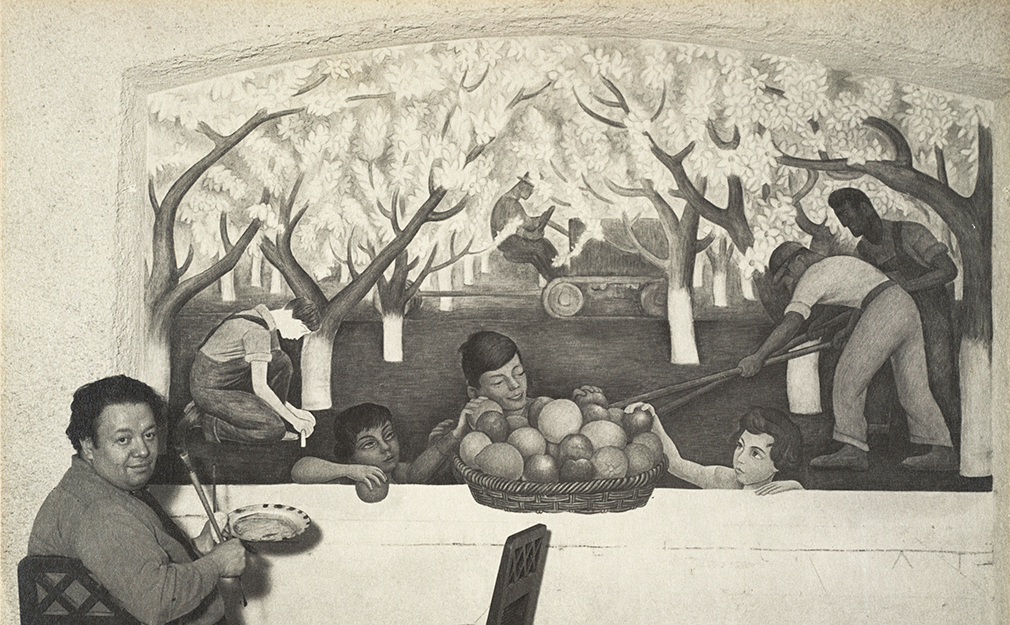
The culmination of the exhibition is Rivera’s last U.S. mural, a colossal work measuring 22 feet high by 74 feet wide, painted for the Golden Gate International Exposition in San Francisco in 1940. The Marriage of the Artistic Expression of the North and of the South on the Continent—commonly known as Pan American Unity—is free to all visitors to view in SFMOMA’s Roberts Family Gallery. This 10-panel portable fresco, onloan from City College of San Francisco until 2024, explores his vision of a shared history and future forMexico and the U.S.
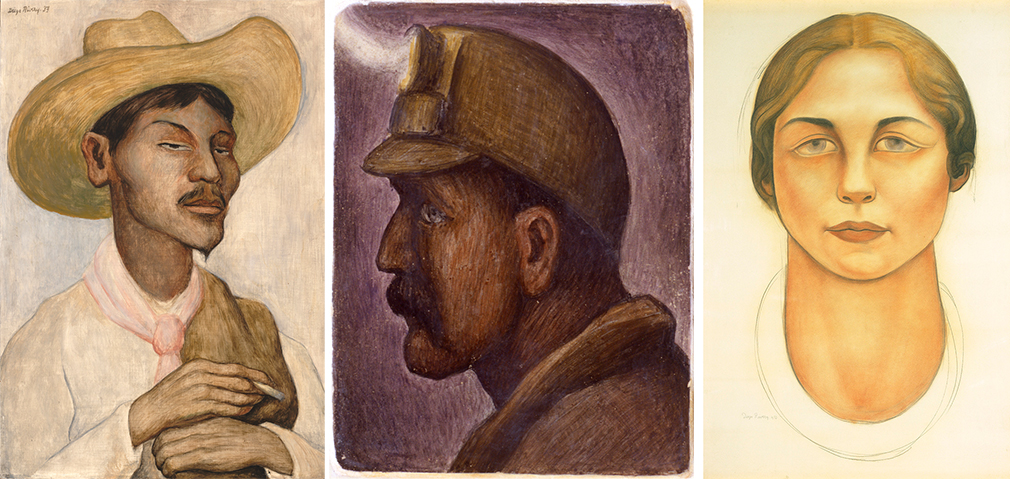
Diego Rivera, Untitled [Head of a Miner], 1930–31; San Francisco Museum of Modern Art, gift of Carl James; © 2022 Banco de México Diego Rivera & Frida Kahlo Museums Trust, Mexico, D.F. / Artists Rights Society (ARS), New York
Diego Rivera, Mrs. Helen Wills Moody, 1930; Tate, presented by the Earl of Huntingdon 1958; © 2022 Banco de México Diego Rivera & Frida Kahlo Museums Trust, Mexico, D.F. / Artists Rights Society (ARS), New York; photo: © Tate
San Francisco was particularly important to Rivera; it was the first place he painted murals in the U.S. Likewise, his work was deeply influential to artists and muralists across the Bay Area. Through their work, Rivera and his wife Frida Kahlo became deeply connected to local cultural figures. San Francisco was also where Rivera and Kahlo remarried in 1940, after their brief divorce. The exhibition will present portraits of their wide circle of friends in San Francisco, including three important paintings by Frida Kahlo.
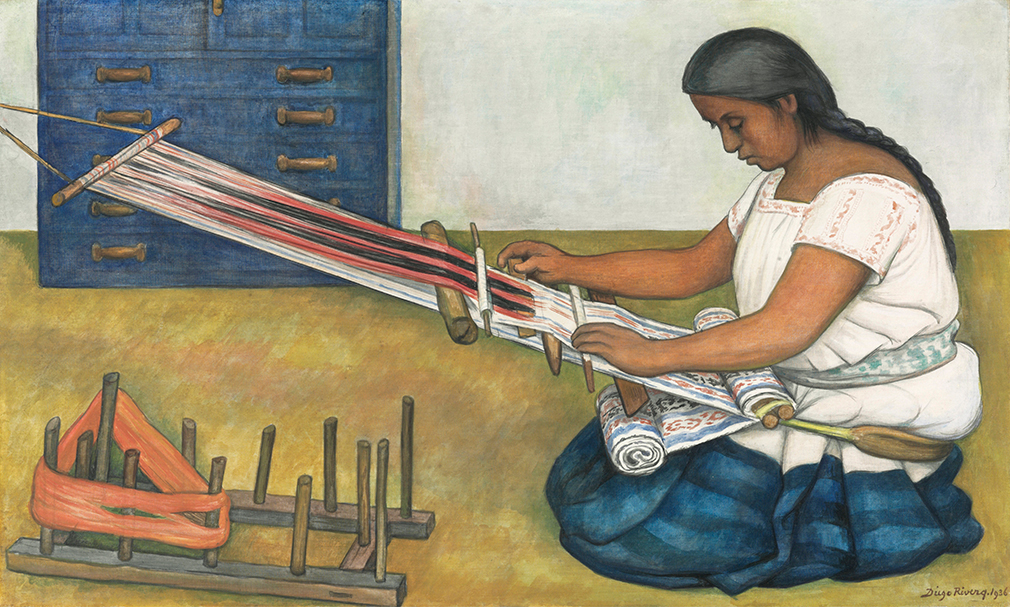
Diego Rivera’s America features two galleries dedicated to Rivera’s San Francisco projects, with preparatory drawings for two murals from 1930–31: Allegory of California and The Making of a Fresco Showing the Building of a City. The exhibition will also incorporate Rivera’s portable fresco Still Life and Blossoming Almond Trees(1931), originally painted for a private home and now in the collection of the University of California, Berkeley. Brought together for the first time, these works provide unparalleled insight into Rivera’s time in San Francisco and highlight the artist’s role in helping to establish a legacy of politically engaged muralism that remains an indelible part of the city’s identity and built environment.
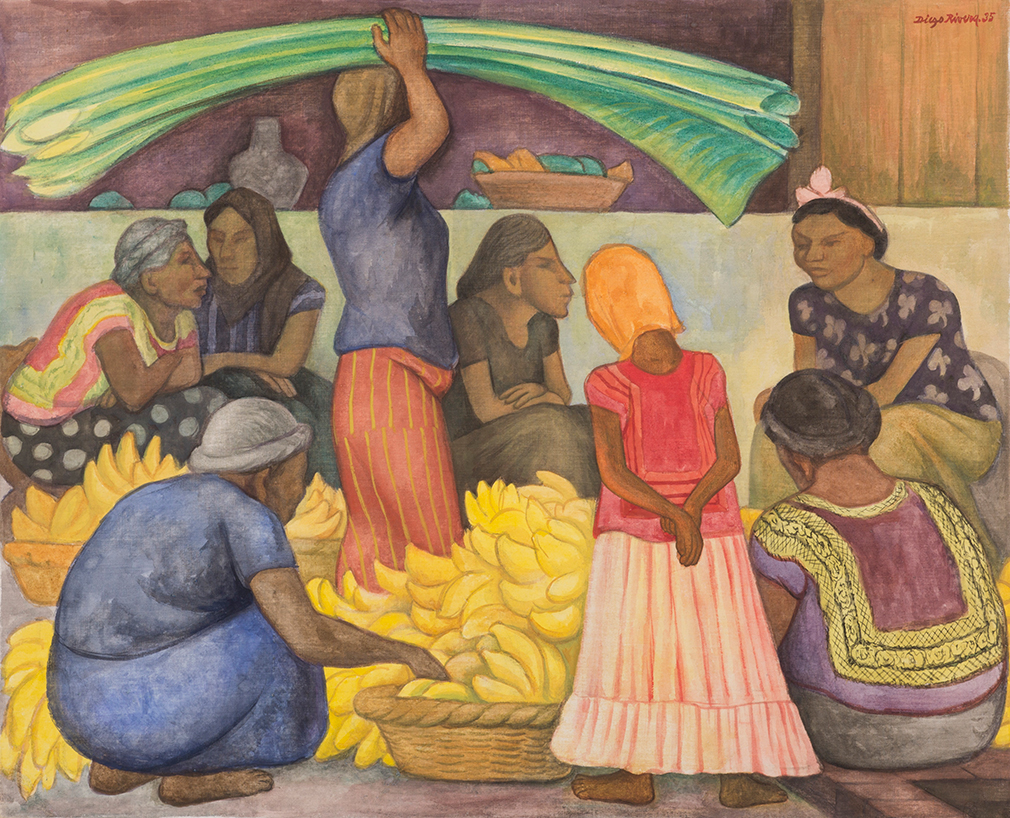
Diego Rivera’s America spotlights paintings that depict life in Mexico and in the U.S. and concludes with the vast Pan American Unity fresco that unites both countries. Rivera’s work invites us to consider the past while also asserting the power of art to envision solutions to cultural, economic and political challenges and shape the present.
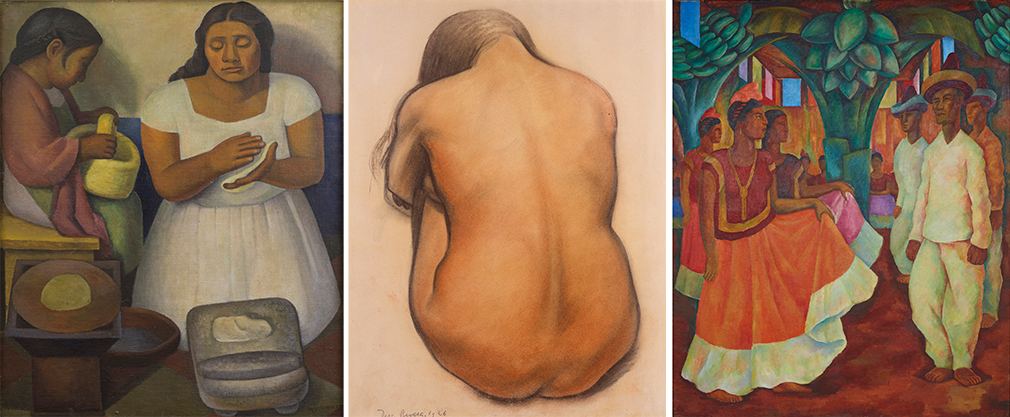
Diego Rivera, Study for Germination [Tina Modotti], 1926; San Francisco Museum of Modern Art, Albert M. Bender Collection, gift of Albert M. Bender; © 2022 Banco de México Diego Rivera & Frida Kahlo Museums Trust, Mexico, D.F. / Artists Rights Society (ARS), New York; courtesy San Francisco Museum of Modern Art
Diego Rivera, Dance in Tehuantepec, 1928; collection Eduardo F. Costantini, Buenos Aires; © 2022 Banco de México Diego Rivera & Frida Kahlo Museums Trust, Mexico, D.F. / Artists Rights Society (ARS), New York
For more, visit www.sfmoma.org
San Francisco Author and Strategist Stan Slap Sees a Rare Opportunity for Success in a Climate of Survival
“This banana ain’t gonna peel itself.”
What Summit Will Mark Pattison Achieve Next?
Former NFL player turns to the world’s tallest mountains on a journey to accomplish an unprecedented goal.
BottleRock’s Lineup Is Already Giving Us a Buzz
More than 80 acts will perform over three days, May 24-26.
Get the Latest Stories




